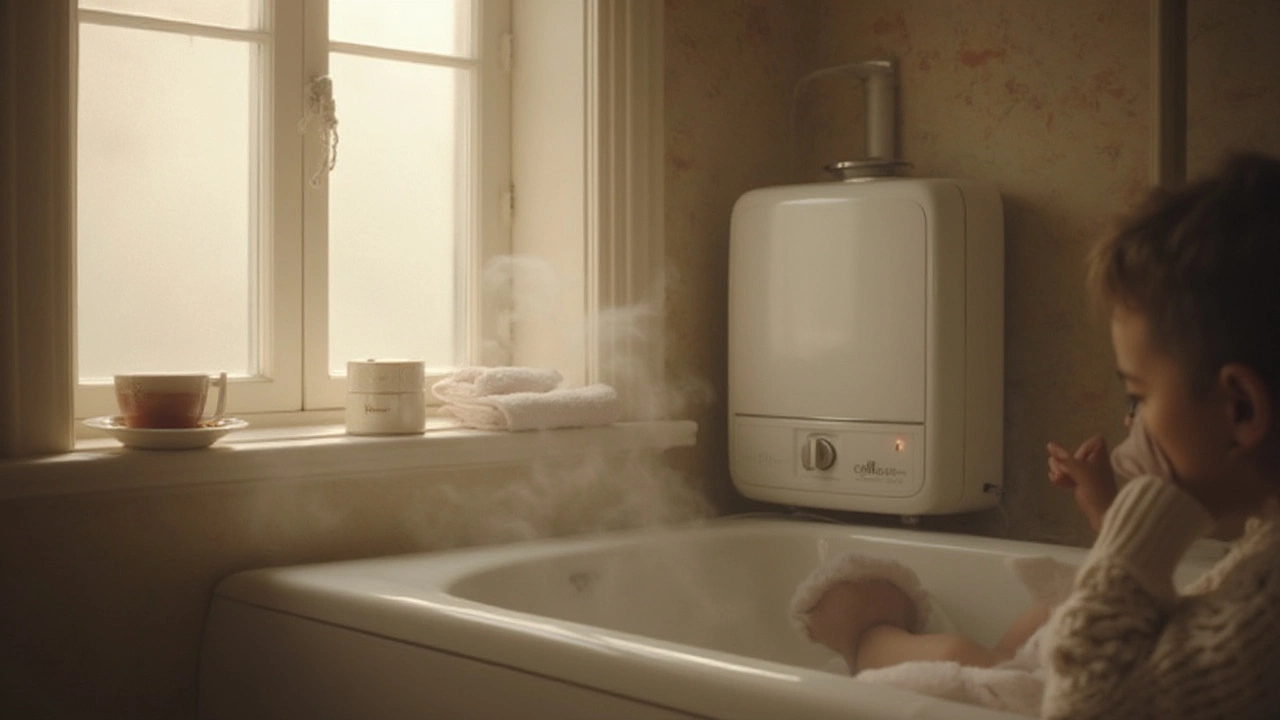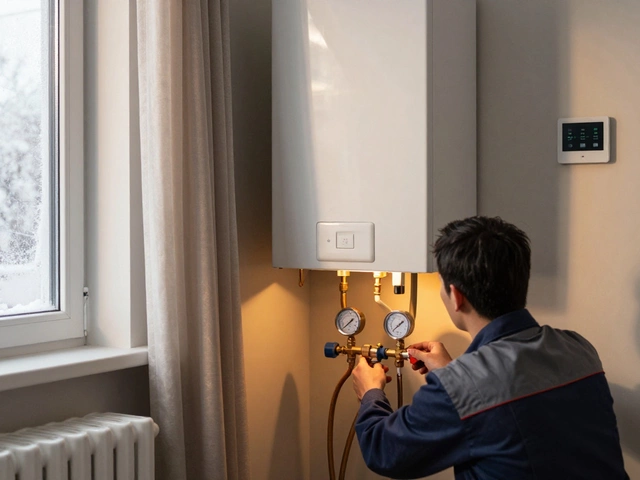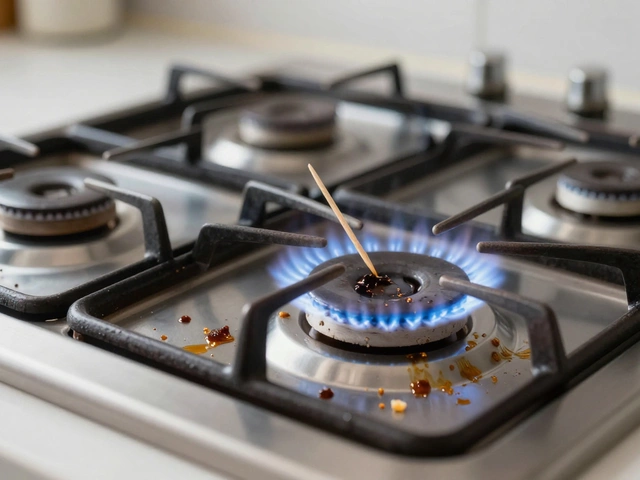Water Heater Replacement: When, How, and What to Expect
If your shower suddenly feels like an Arctic plunge or the reset button on your heater keeps tripping, you’re probably wondering whether a repair will fix it or if it’s time for a full replacement. This guide walks you through the signs that scream replacement, the cost factors that shape the price tag, and the basics you can check yourself before dialing a pro.
Spot the Red Flags Early
Not every hiccup means a brand‑new heater. Start with these quick checks:
- Repeated reset button trips. If you’ve held the reset button for the recommended 30 seconds (or a bit longer) and it still trips, the thermostat or heating element may be failing.
- Cold spots or lukewarm water. A steady drop in temperature, especially after a few minutes of use, hints at a worn‑out dip tube or sediment buildup.
- Strange noises. Rumbling, popping, or clicking sounds usually mean mineral deposits are burning or the tank is corroding.
- Leaks. Any water around the base or on the floor signals a cracked tank – that’s a replacement deal.
If you notice two or more of these, start budgeting for a new unit.
What Drives the Price?
Water heater costs aren’t one‑size‑fits‑all. Here’s what you’ll actually be paying for:
- Type of heater. Electric tanks are cheapest, gas tanks cost a bit more, and tank‑less (on‑demand) models sit at the high end.
- Capacity. A 40‑gal tank for a small family costs less than a 80‑gal unit for a larger house.
- Brand and warranty. Well‑known brands like Rheem or AO Smith may have higher upfront prices but often include longer warranties, which can save money later.
- Installation complexity. If you need new venting for gas, a larger pump for water pressure, or a spot‑free location for a tank‑less unit, labor costs rise.
In the UK, a typical tank replacement runs between £600 and £1,200, while a tank‑less system can top £2,000. Always ask for a breakdown so you know what’s material, labor, and any extra work.
Before you commit, compare at least three quotes. Look for hidden fees like disposal of the old tank or permit costs. A transparent quote will list parts, labor hours, and any additional work.
DIY Checks Before You Call a Pro
You don’t need to be an electrician, but a few simple steps can save a callout fee:
- Turn off the power (circuit breaker) or gas supply.
- Drain a few gallons from the tank to see if the water looks rusty – rust means the tank is corroded.
- Inspect the anode rod (a long metal stick inside the tank). If it’s heavily worn, it’s a sign the tank’s lifespan is ending.
- Reset the thermostat and wait a minute. If it trips again, note the error code and mention it to the technician – it speeds up diagnosis.
If anything looks beyond a quick fix, call a certified plumber or heating engineer. Proper installation matters for safety, especially with gas units.
Bottom line: A water heater that keeps resetting, leaks, or makes odd noises is probably on its last legs. Knowing the cost drivers and doing a few basic checks can keep the process smooth and prevent surprise bills. When you’re ready, choose a reputable local service, ask about warranties, and enjoy hot showers again without the guesswork.
How Long Do Water Heaters Last? Lifespan, Facts & Signs for Replacement
- Alden Wilder
- Jul 4 2025
- 0 Comments
Wondering how many years a water heater should last? Learn about average lifespans, signs of trouble, maintenance tricks, and when replacement makes sense.
View More




